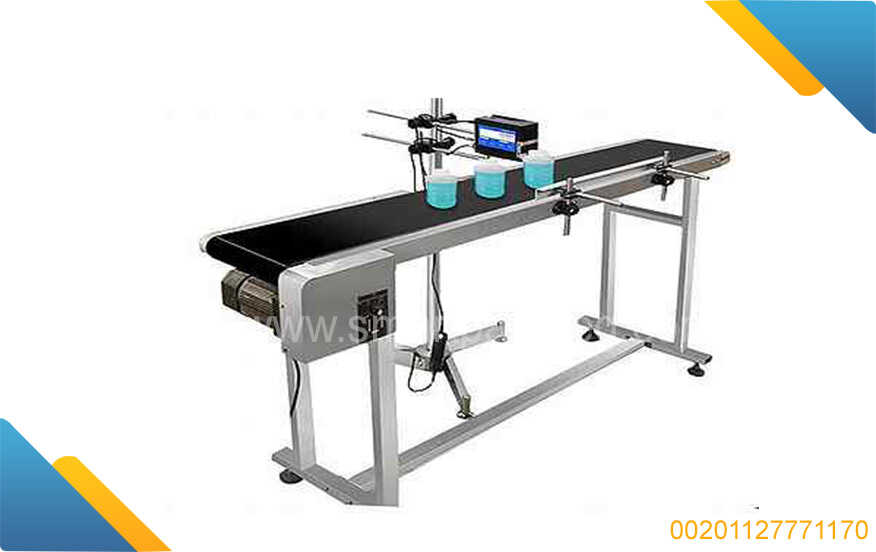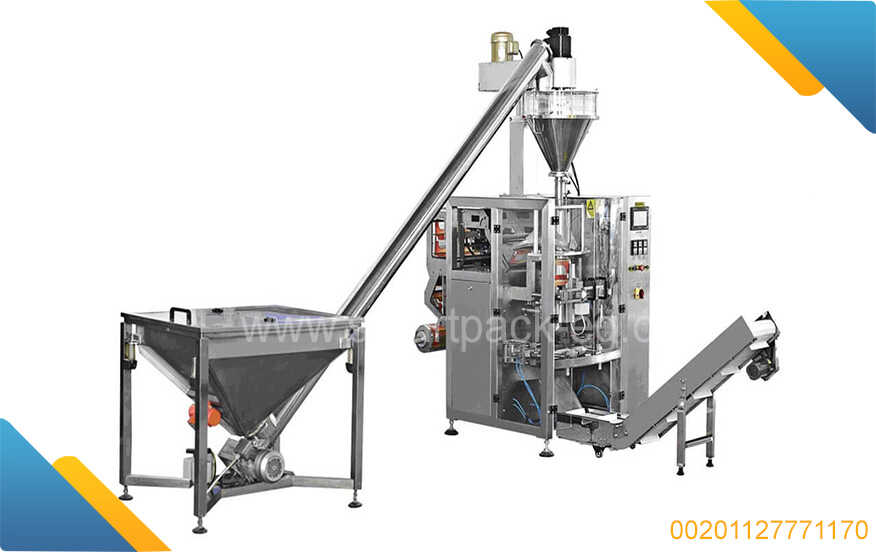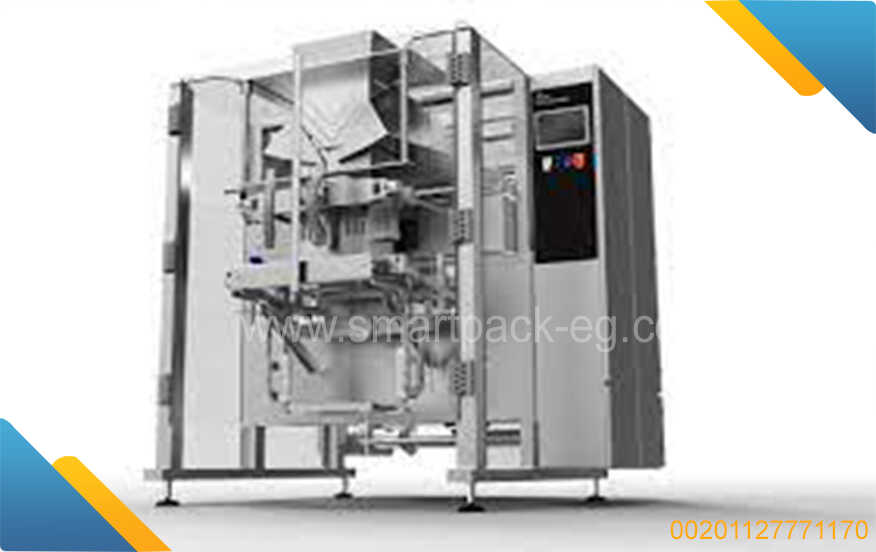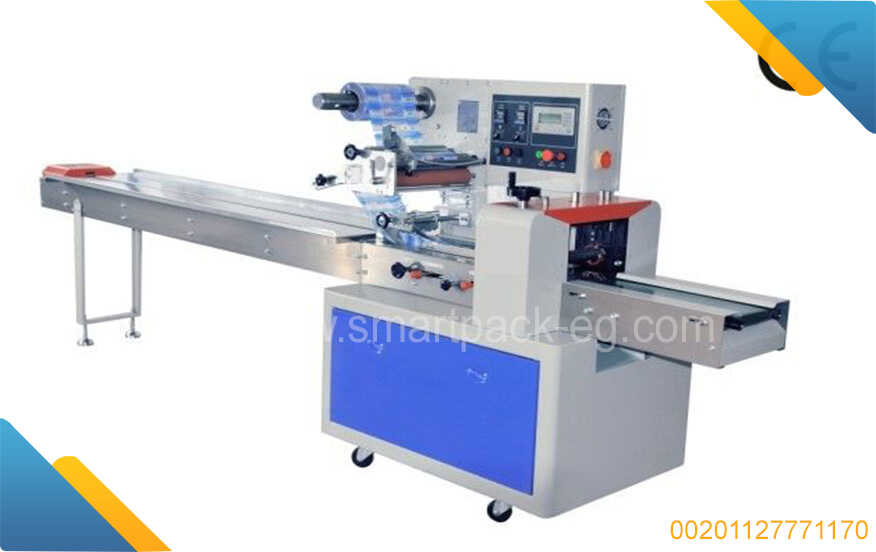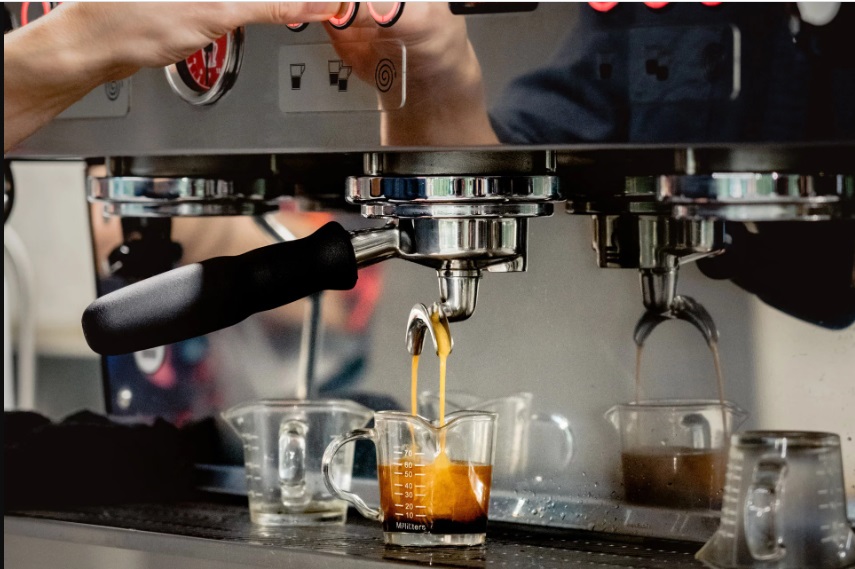Title: A Comprehensive Guide to Conducting a Feasibility Study for a Table Salt Filling, Packaging, and Production Project
Introduction
Undertaking a feasibility study is a crucial step in determining the viability and success of any business project. In this comprehensive guide, we will outline the steps required to conduct a feasibility study specifically for a table salt filling, packaging, and production project. By following these steps, you will be able to assess the potential risks and rewards, helping you make an informed decision before proceeding with the project.
Step 1: Define the Project Scope
Begin by clearly defining the objectives and goals of the project. Determine the target market for your table salt product, as well as the desired production capacity and distribution channels. It is important to have a clear understanding of the project's scope to ensure accurate evaluation throughout the feasibility study.
Step 2: Market Analysis
Conduct a comprehensive market analysis to identify the demand for table salt in your target market. Gather data on market size, consumption patterns, market trends, and potential competitors. Analyze the existing market conditions, such as pricing trends, distribution channels, and customer preferences. This information will help you identify opportunities for differentiation and potential challenges.
Step 3: Technical Evaluation
Evaluate the technical aspects of setting up and running a salt filling, packaging, and production facility. This may involve assessing the required machinery, equipment, and technology needed for production, packaging, and quality control. Consider factors such as energy requirements, raw material sourcing, production process optimization, and waste management.
Step 4: Financial Analysis
Conduct a thorough financial analysis to determine the project's financial feasibility. Estimate the initial investment costs, including land acquisition or facility lease, machinery purchase or leasing, labor costs, and permits/licenses. Calculate the projected operational costs, including raw material procurement, packaging materials, marketing expenses, maintenance costs, and overheads. Develop revenue projections based on market demand and pricing. Calculate the break-even point and determine the profitability of the project.
Step 5: Risk Assessment
Identify and assess potential risks and challenges associated with the project. Consider factors such as market competition, regulatory requirements, supply chain disruptions, customer demands, and technological changes. Evaluate the impact of these risks on the project's feasibility and develop contingency plans to mitigate them.
Step 6: Environmental and Social Impact Assessment
Evaluate the potential environmental and social impacts of the project. Consider factors such as waste management practices, water usage, energy consumption, and adherence to health and safety regulations. Assess any potential social or cultural impacts the project may have on the local community and stakeholders.
Step 7: Conclusion and Recommendations
Based on the findings from the feasibility study, weigh the benefits against the risks and challenges identified. Analyze the financial viability, market potential, technical feasibility, and environmental/social impact assessment. Make an informed decision on whether to proceed with the table salt filling, packaging, and production project.
Conclusion
Conducting a feasibility study is an essential step in evaluating the viability of a table salt filling, packaging, and production project. By following the step-by-step guide outlined above, you will be able to assess various aspects such as market demand, technical requirements, financial viability, and potential risks. This knowledge will enable you to make an informed decision on whether to proceed with your project or explore other options. Remember, thorough due diligence is key to ensuring a successful and sustainable venture in this industry.

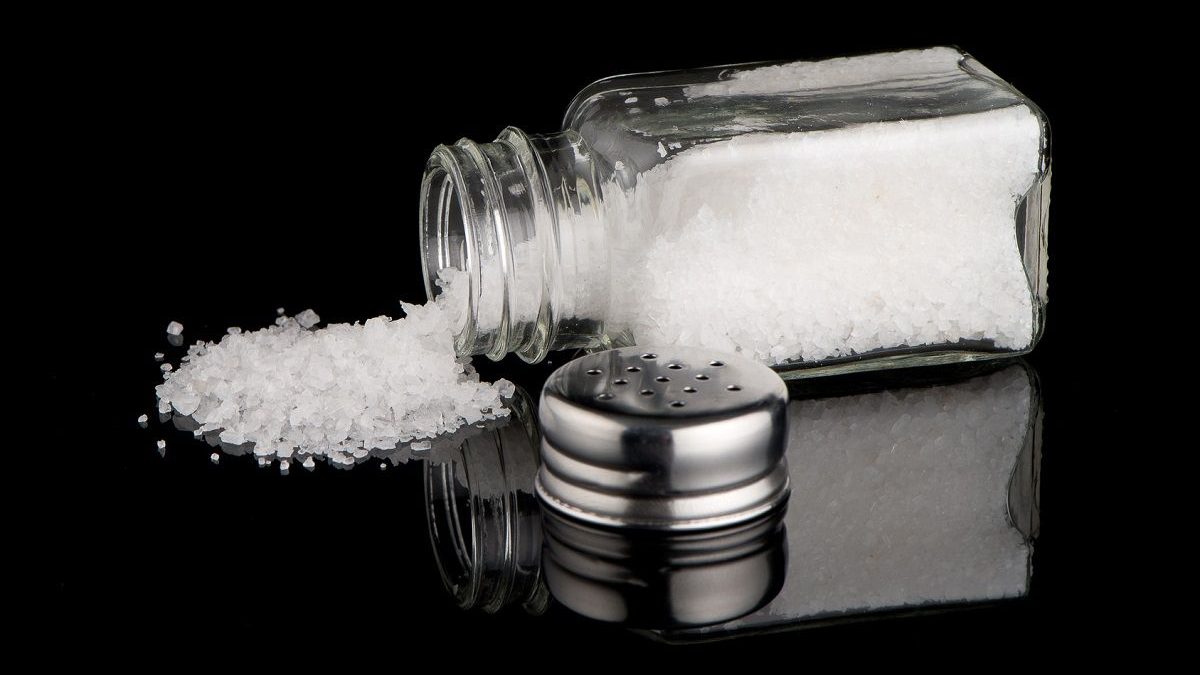
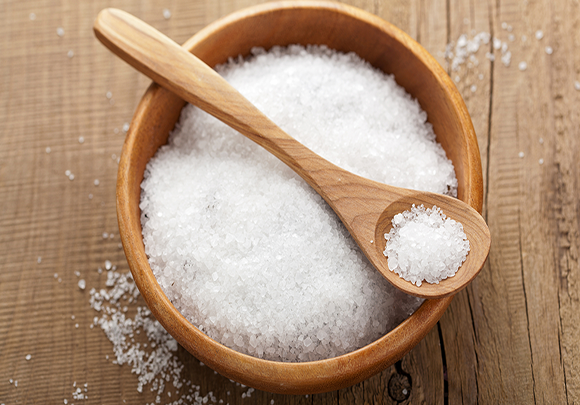
 Admin
Admin 